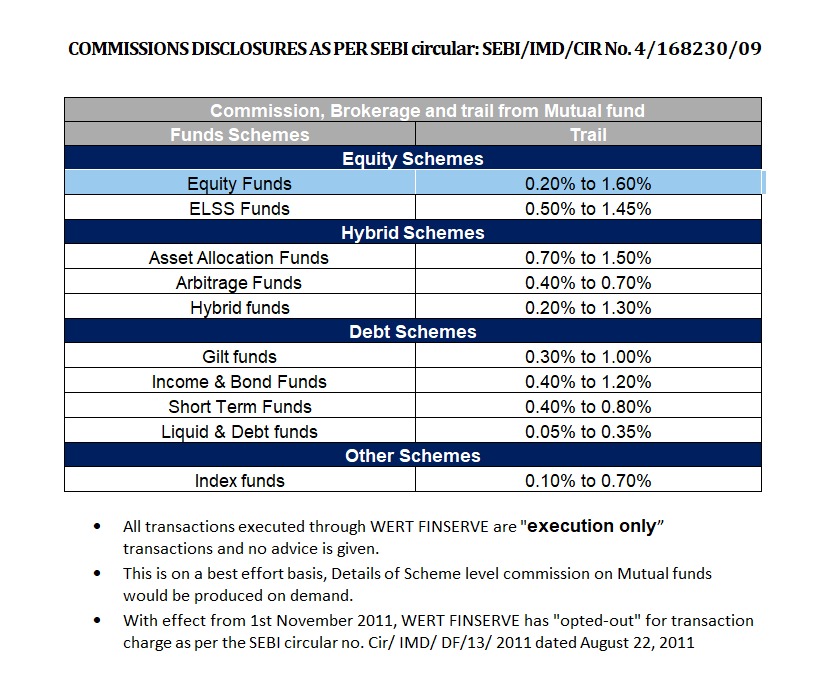If you are a home loan or personal loan borrower, chances are you have been keeping a close eye on interest rates. After all, even a small reduction in your loan rate can translate into meaningful savings every month. In August 2025, the Reserve Bank of India (RBI) kept its repo rate unchanged at 5.50 percent, choosing to maintain a neutral stance.
While this might sound like a pause in relief, banks themselves have started lowering their lending rates, especially the Marginal Cost of Funds Based Lending Rate (MCLR). This means that many borrowers could soon see their EMIs reduce, provided they know where to look and how to act.
RBI’s Policy Decision in Context
In June 2025, the RBI delivered a 50 basis point cut in the repo rate, bringing it down to 5.50 percent. That move was quickly reflected in loans linked directly to the repo rate, also known as Repo Linked Lending Rate (RLLR) or External Benchmark Linked Rate (EBLR). By August, the central bank decided to pause and evaluate how that earlier cut was filtering into the economy.
The RBI’s next policy meeting is scheduled for September 29 to October 1, 2025. While most market analysts currently expect another pause, there is scope for a future cut if inflation continues to ease. For borrowers, this means that while central bank action may not bring immediate relief, banks themselves are adjusting rates based on their funding costs.
Banks Take the Lead: MCLR Reductions
The most important development since the August MPC meeting is that multiple banks have trimmed their MCLR. This rate forms the basis for many home and personal loans, and any reduction directly impacts EMIs at the borrower’s reset date.
Key changes announced in August and September 2025:

For borrowers with MCLR-linked loans, these reductions mean potential savings, but only at the point of reset, which is usually once every six or twelve months. Repo-linked borrowers, on the other hand, have already seen the June repo rate cut reflected in their EMIs.
How Borrowers Are Affected
The type of loan you hold determines how quickly you will benefit from these changes:

What the Numbers Look Like: EMI Illustration
To understand the real-world impact, let us take an example of a borrower with a ₹30 lakh home loan over a 20-year tenure.

This illustration shows that even a modest reduction in interest rates can deliver significant savings, particularly over the life of a loan.
Steps Borrowers Should Take Now
- Identify your loan type and reset date. Check whether your loan is linked to RLLR, EBLR, or MCLR, and confirm the frequency of rate resets.
- Obtain the latest MCLR rates from your bank. Lenders publish these every month, and knowing your benchmark is the first step to calculating your potential savings.
- Review your loan spread. If the spread on your loan is higher than what new borrowers are being offered, ask your bank to realign it. This may involve a small administrative charge.
- Consider refinancing or balance transfer. If your bank has not passed on cuts or if your rate remains high, shifting to another lender could be beneficial, especially if you are still early in your repayment tenure.
- Monitor RBI’s next MPC. Even if October results in a pause, further cuts later in the year remain possible depending on inflation trends.
Conclusion
The message is clear: EMIs are beginning to ease, not only because of RBI policy but also because banks are reducing their MCLR. Repo-linked borrowers are already seeing the benefits, while MCLR-linked borrowers will experience relief at their reset dates. For those on older base-rate loans, the case for switching to a modern benchmark has rarely been stronger.
At WERT Finserve, we specialize in helping borrowers make the most of these shifts. From reviewing your current loan terms to advising on balance transfers and refinancing, our team ensures you capture every possible saving. If you want to take control of your EMIs and lighten your financial load, now is the time to act.
Get in touch with WERT Finserve today and let us help you save more on your loan repayments.
Disclaimer: The information presented in this document is intended for informational and educational purposes only and does not constitute investment advice, solicitation, or recommendation to buy or sell any financial product. While every effort has been made to ensure accuracy, Wert Finserve makes no representations or warranties regarding the completeness or reliability of the data provided. Market conditions are subject to change, and past trends may not continue. Readers are advised to consult a SEBI-registered investment advisor for personalized financial guidance before making any investment decision.





